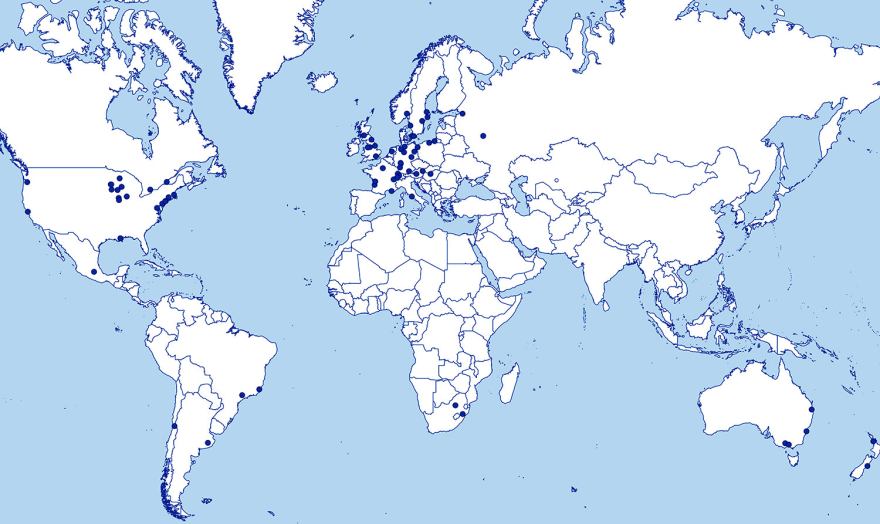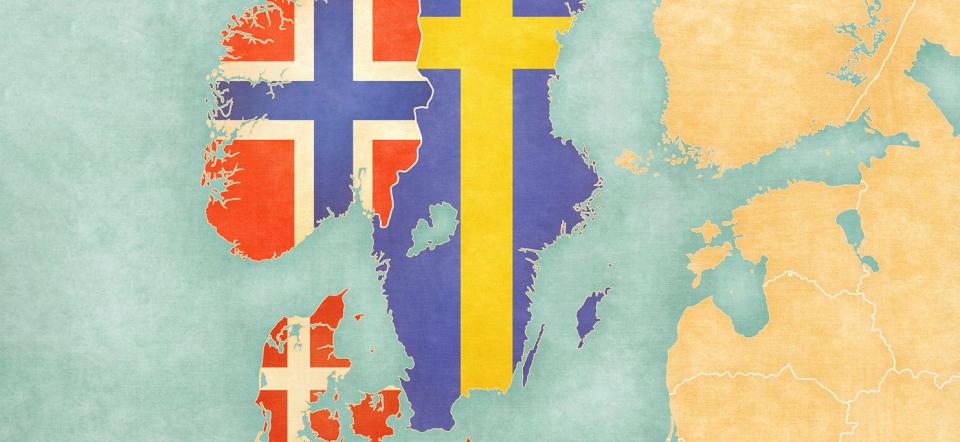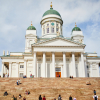This is highlighted in the book Nordic Experiences in Pan-nationalisms, written and edited by researchers in the Nordic university network ReNEW.
Ruth Hemstad from the National Library of Norway and the University of Oslo has investigated the rise of pan-Scandinavian associations that emerged from the 1840s. These were associations that existed in several places in the Nordic region, but most were established elsewhere in the world, particularly in Europe and North America.
Global footprint
The first significant Scandinavian association abroad was The Nordic Society in London, established in 1788. Another early example was Societas Scandinaviensis in Philadelphia, founded in 1769. These early organisations were followed by many others, especially during the 19th century, both within and outside Scandinavia.
For example, between 1842 and 1905, around 70 Scandinavian associations were established in at least 50 European cities. In addition to the capitals, they were established in cities such as Basel, Hamburg, Bordeaux, Manchester, Glasgow, Danzig and Antwerp.

The movement was largely cultural, focusing on common heritage, language and literature. It was less about political unity and more about promoting a common identity among Scandinavians. However, some associations, particularly those in Scandinavia, had political undertones, with the aim of strengthening ties between Denmark, Sweden and Norway.
The international spread also influenced how Scandinavianism was understood within the Nordic countries. Scandinavian associations at home and abroad corresponded extensively at times, and this led to pan-Scandinavian ideas travelling to and from the Nordic countries, having a worldwide footprint.
Through their activities, the associations helped to create an idea of a common Scandinavia and promoted a sense of unity among Scandinavians around the world. According to Hemstad, they were instrumental in organising and promoting a common Scandinavian identity, and that the associations have been of great importance to the development of Nordic co-operation:
“Scandinavian associations and co-operation were widespread throughout much of the 19th century, both within and outside the region. Some of these were more pan-Scandinavian and ideologically oriented, and clear forerunners of today's Norden Association, while others were more practical and pragmatic, including those that were part of the labour movement,” Hemstad says.
“Together, they have helped to foster a Scandinavian identification and created a number of transnational networks and a practice of Nordic co-operation, which has laid the foundation for the formalised public co-operation of recent times.”

The death of Scandinavianism, the rebirth of Nordic co-operation
In 1905, the union between Sweden and Norway was dissolved. This marked a turning point for Scandinavianism. Hemstad describes this as a period when strong anti-Scandinavian sentiments emerged in parts of the Swedish population and among those belonging to Scandinavian associations abroad. There was a sharp confrontation between Swedes on one side and Norwegians and Danes on the other, leading to the dissolution and reorganisation of many pan-Scandinavian associations.
In Hamburg, the Swedish members declared early in 1906 that "Scandinavianism is dead—completely and irrecoverably dead," and they literally left the association to establish their own national society.
What followed was a period of less emphasis on Scandinavianism. However, the pan-Scandinavian ideas had a lasting influence on Nordic regional co-operation. During the interwar period, new associations and collaborations emerged. The NORDEN Association (Foreningen Norden) was established in the Scandinavian countries in 1919, in Iceland in 1922 and in Finland in 1924.
The Nordic region was finally formally organised after the Second World War, with the establishment of the Nordic Council in 1952 and the Nordic Council of Ministers in 1971.
This formalised an already extensive intergovernmental co-operation that was clearly rooted in the recognition of the national sovereignty of the Nordic countries. At the same time, this formalisation served as a complement to the co-operation with the Nordic civil societies of which the pan-Scandinavian associations were a part.
The Nordic university network ReNEW (Reimagining the Nordic Region in an Evolving World) has received funding from NordForsk for the period 2018 - 2024. ReNEW was established to strengthen co-operation on developing new and path-breaking excellence in Nordic research.
ReNEW has so far published six books in the series Nordic Studies in a Global Context (Routledge). Hemstad's examination of Scandinavianism can be found in the Nordic Experiences in Pan-nationalisms. A Reappraisal and Comparison, 1840-1940, freely accessible on the Routledge website.






